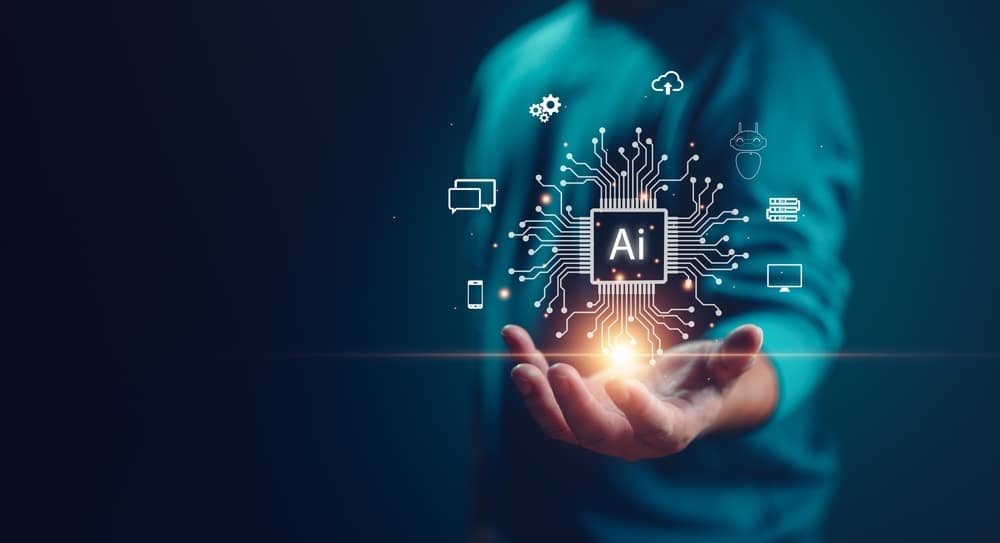Artificial intelligence (AI) has fundamentally changed the game for counterfeiters, making it easier than ever for them to create fake versions of luxury goods. This has become a pressing issue, particularly in the United States, where counterfeit luxury items pose a considerable challenge to consumers and legitimate businesses alike.
Every year, U.S. Customs and Border Protection (CBP) seizes thousands of shipments that infringe on intellectual property rights, with the total retail value of these counterfeit goods often exceeding an astonishing $1 billion. Shockingly, while luxury items such as watches, jewelry, handbags, and wallets make up only about 30% of all seizures, they account for over 50% of the total retail value of the confiscated goods. In 2020 alone, CBP seized approximately $435 million in counterfeit watches and jewelry, alongside another $283 million in counterfeit leather goods.
The substantial majority of these counterfeit items originate from China and Hong Kong, the source for nearly 90% of the seized goods in the fiscal year 2024. This influx signifies a pressing need for effective enforcement and consumer awareness, reminding us to remain vigilant against counterfeiters who are much more tech-savvy than we might expect. Today, almost a quarter of counterfeit transactions occur via non-traditional payment methods, further complicating the landscape for both buyers and law enforcement.
A recent study conducted by OnePoll in partnership with AI company Red Points sheds light on an alarming trend: AI is significantly influencing the rise of counterfeit shopping. The study, aptly titled “The Counterfeit Buyer Teardown,” is the most comprehensive analysis of U.S. counterfeit e-commerce to date. It reveals that over 28% of consumers involved in purchasing counterfeit products online relied on AI tools during their shopping experience. Astonishingly, more than half of the respondents (56%) indicated they’ve used AI to aid their product selection, illustrating just how integrated this technology has become in our everyday online shopping habits.
The research surveyed 2,000 U.S. consumers who had unknowingly or knowingly purchased counterfeit items in the past two years, and also collected insights from 1,000 brands. These findings provide unprecedented clarity regarding the increasingly sophisticated mechanics behind the counterfeit market that spans rogue websites, global marketplaces, search engines, and the realm of social media.
Laura Urquizu, CEO and President of Red Points, emphasizes the urgency of this situation, noting, “As counterfeiters adopt advanced tools like AI, the fight against fakes is becoming more complex and more urgent.” The report highlights that in just 2024, Red Points identified a staggering 4.3 million counterfeit infringements online—an alarming 15% increase from the previous year.
Notably, the report challenges the prevailing stereotype that counterfeit items are always easily identifiable due to their low prices. Research shows that fake goods are typically only 31% to 38% less expensive than their genuine counterparts, making it more challenging to distinguish a legitimate purchase from a counterfeit. Furthermore, many consumers find themselves unwittingly purchasing these fake products. About 61% of counterfeit buyers weren’t aware the item was fake until they received it, with 25% admitting that their purchase was unintentional.
Misleading product imagery and listings that closely mimic legitimate brands fuel these accidental purchases. A hefty 57% of respondents attributed their confusion to compelling images, while 47% said the counterfeit listings closely resembled genuine products. Social media plays a significant role here too; enticing ads and influencer endorsements lead many unsuspecting shoppers to counterfeit websites.
While unintentional buyers are influenced by these factors, intentional counterfeit seekers often take a more active approach to finding fake goods. The study revealed that more than 52% utilized search engines to locate counterfeit products. These searchers tend to prefer shopping on desktops (43%) and are even leveraging voice assistants (18%), although mobile devices still remain the most common purchasing platform overall (43%).
The influence of social media is especially potent among younger generations, such as Millennials and Generation X. In fact, 34% of Millennials and 30% of Gen X participants stated that influencer content influenced their decision to purchase fake items, highlighting the vulnerability of even the most savvy shoppers.
In terms of purchasing platforms, half of all counterfeit items sold were bought through U.S.-based marketplaces, with an additional 43% coming from Chinese sites catering to U.S. consumers. A troubling 34% were purchased through fake websites, many discovered via social media ads (39%) or influencer posts (49%). Reports from Red Points indicate that between 2023 and 2024, the number of social media ads leading to infringing sites skyrocketed by 179%.
As Piotr Stryszowski, Senior Economist at the OECD, puts it, “Counterfeiting poses a serious and evolving threat to innovative businesses and consumer safety.” Criminals are always adapting, finding new ways to exploit emerging technologies and market trends. Stryszowski underscores the need for policymakers to arm themselves with up-to-date intelligence to effectively combat this growing threat.
As we grapple with these challenges, it becomes clear that AI plays a dual role in our online shopping landscape—as both a tool that can facilitate counterfeiting and a weapon in our fight against it. This is no fleeting trend; it’s an evolving threat that reflects not only technological advancements but also how consumer behavior is changing.
To combat this crisis, a concerted response from various industries is vital. We must stay ahead of counterfeiters by using advanced tools, instigating tighter oversight, and ramping up consumer education. As the counterfeit economy becomes increasingly complex, protecting the integrity of our purchases in this AI-driven age has never felt more urgent. It’s a call to action that requires all of us to be informed, cautious, and smart in our shopping habits.
Image Source: LookerStudio / Shutterstock





























